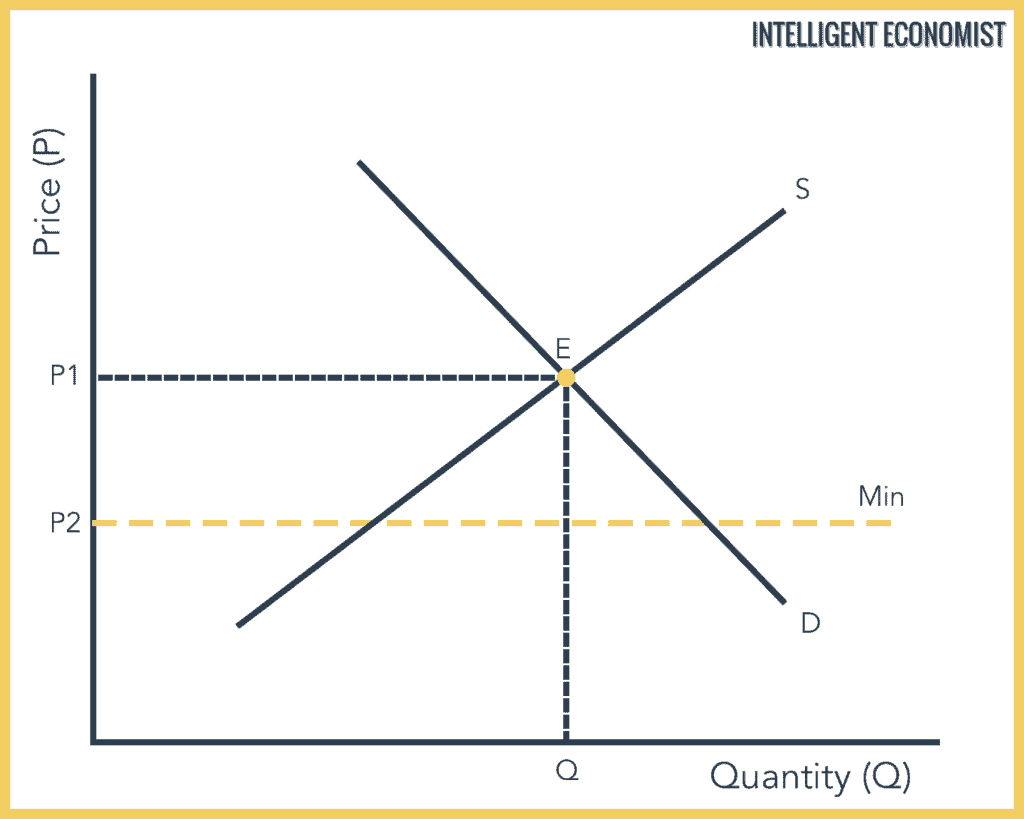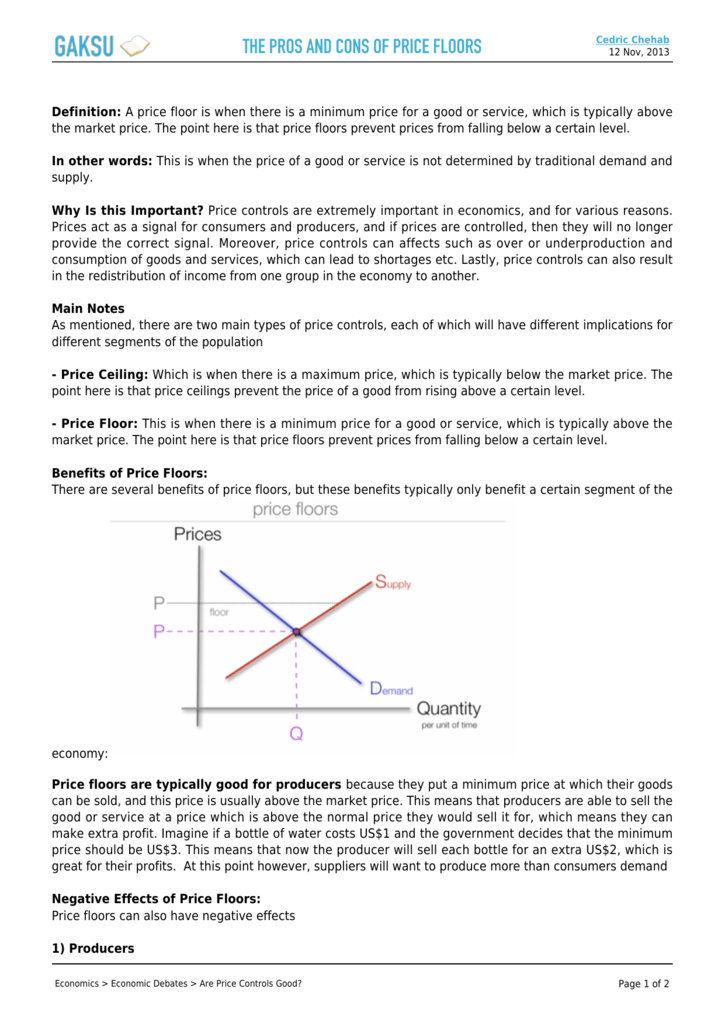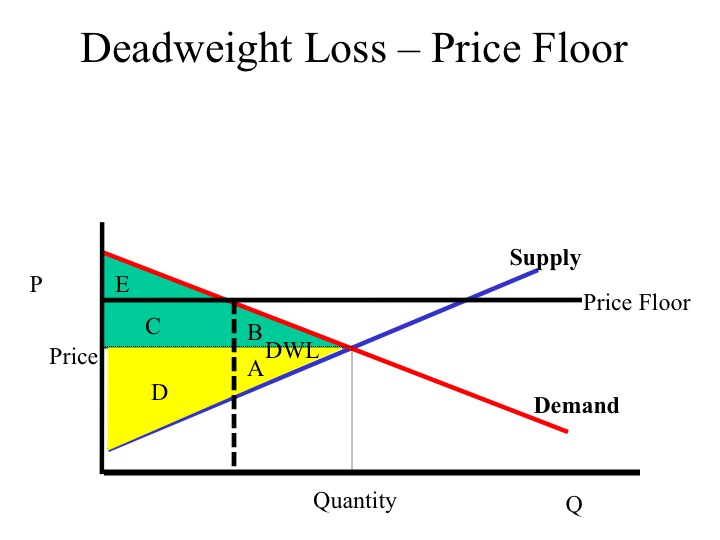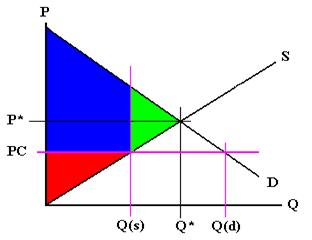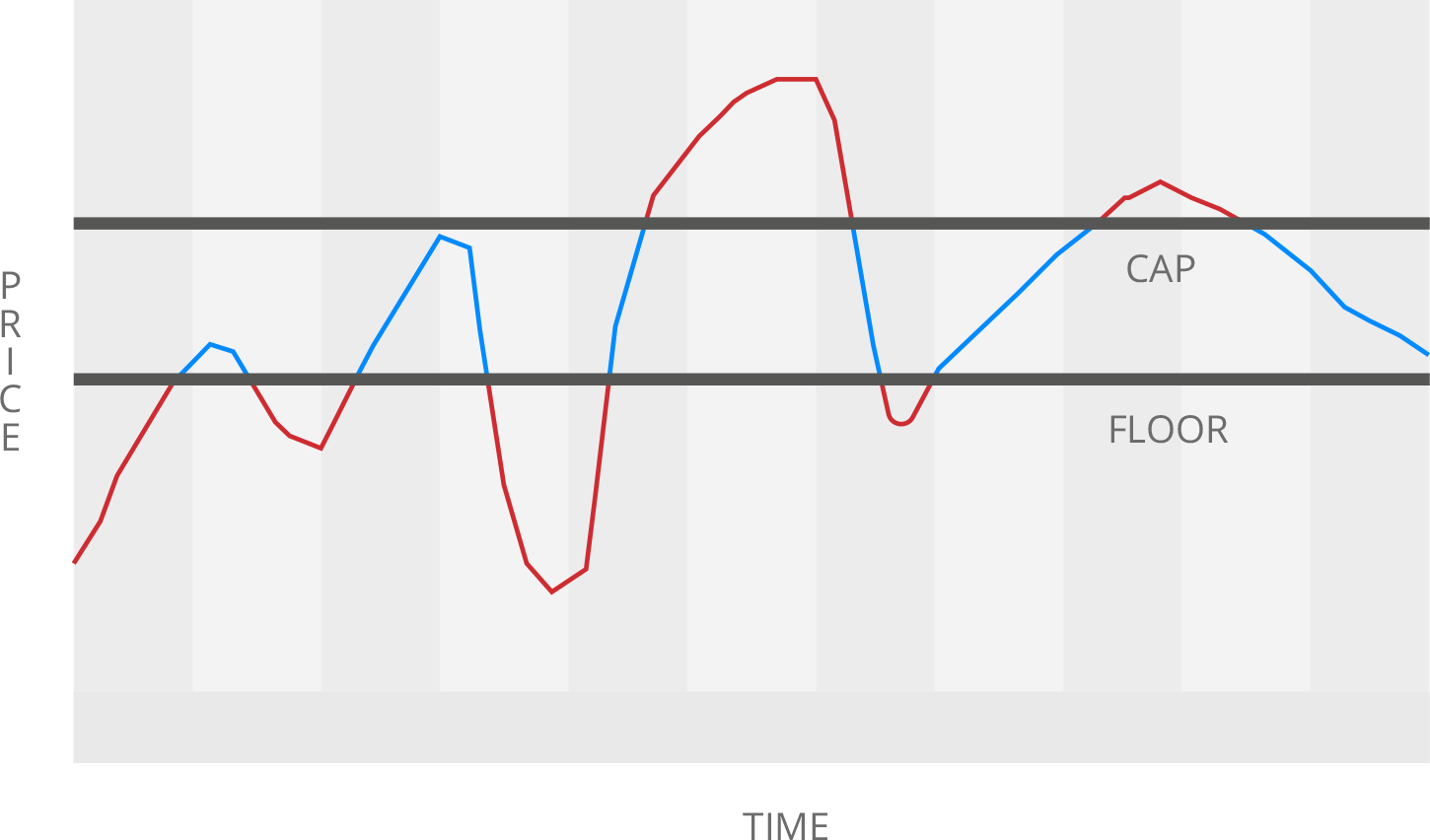Price Floors And Ceiling Prices Both Cause Shortages
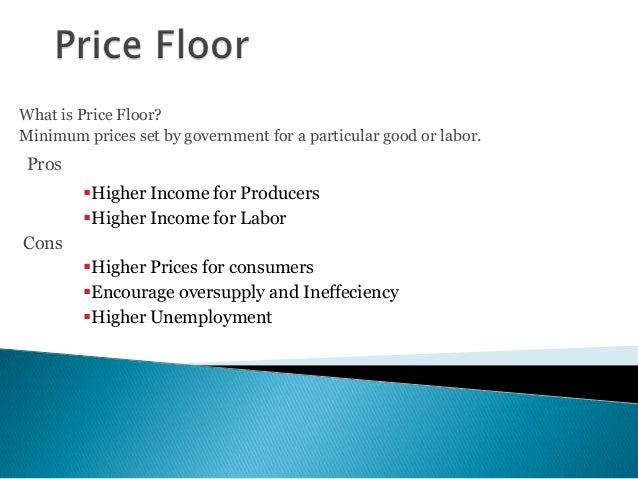
Price floors and ceiling prices.
Price floors and ceiling prices both cause shortages. A good example of this is the oil industry where buyers can be victimized by price manipulation. Cause the supply and demand curves to shift until equilibrium is established. Interfere with the rationing function of prices. Price floors and ceiling prices.
The purpose of a minimum price is to protect producers from receiving low prices for their produce. Some effects of price ceiling are. The effect of government interventions on surplus. Price ceilings impose a maximum price on certain goods and services.
Price ceilings and price floors. Interfere with the rationing function of prices. If price ceiling is set above the existing market price there is no direct effect. Price floors and ceiling prices both.
An increase in money income. Taxes and perfectly inelastic demand. But if price ceiling is set below the existing market price the market undergoes problem of shortage. This is the currently selected item.
A price floor can cause a surplus while a price ceiling can cause a shortage but not always. Price and quantity controls. Interfere with the rationing function of prices. They are usually put in place to protect vulnerable buyers or in industries where there are few suppliers.
However price ceiling in a long run can cause adverse effect on market and create huge market inefficiencies. Percentage tax on hamburgers. Cause the supply and demand curves to shift until equilibrium is established. Shifts the consumer s.
Example breaking down tax incidence. Society s marginal cost of pollution abatement curve slopes upward because of the law of diminishing marginal utility.






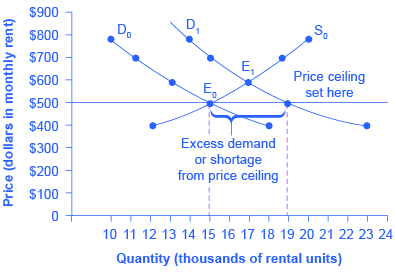
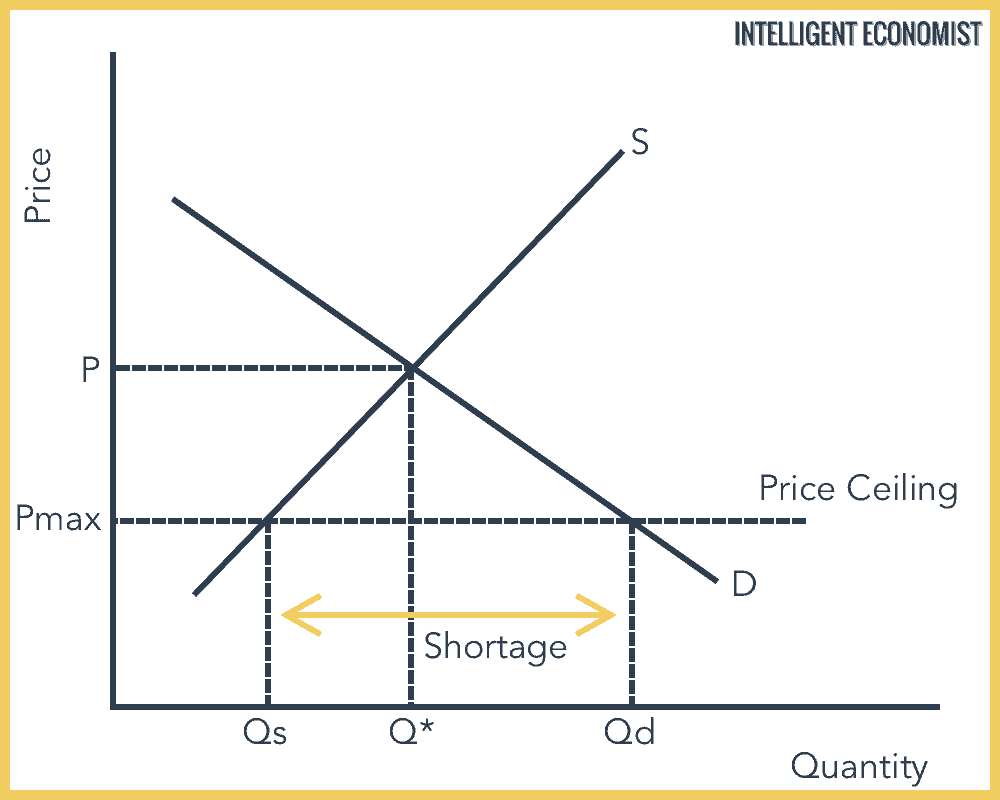

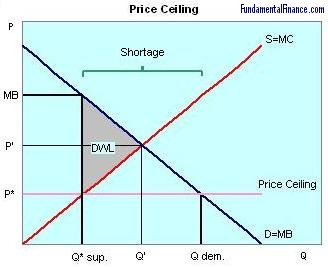


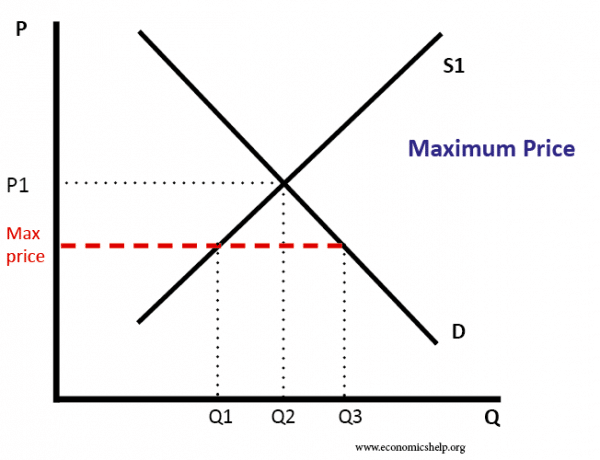




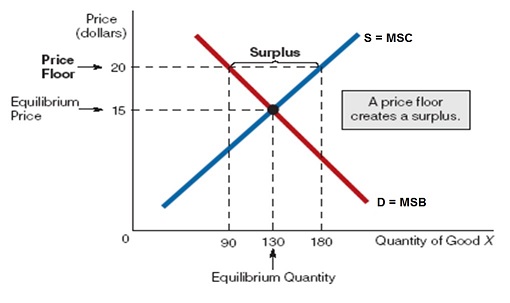






/disequilibrium-498e9ba4154c4a7c8739b3443da14b17.png)
